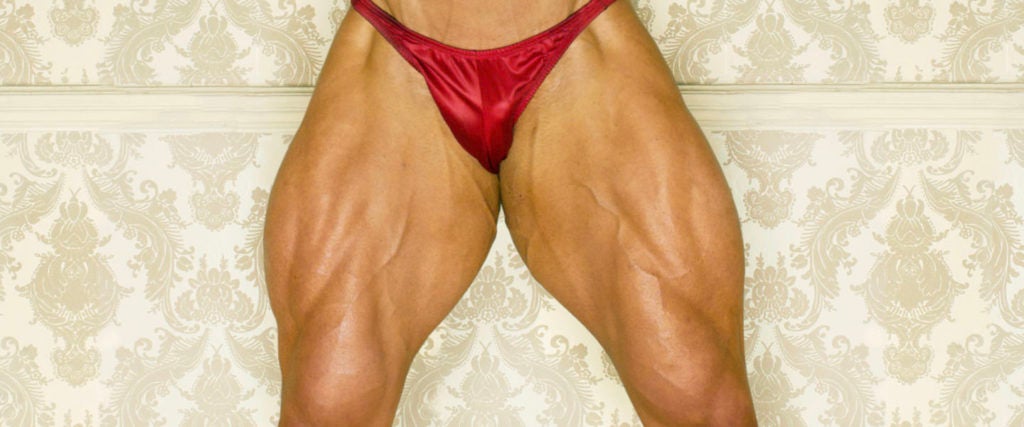Unless you’re one of those fortunate few who was blessed with incredible lower-body genetics — a blessing that’s often judiciously offset by the curse of being vertically challenged — you hate leg day. And you should hate leg day, because it sucks for two major reasons. First, if you’re training your legs properly, which usually means doing heavy sets of squats and deadlifts, you’re flirting with a disastrous leg or back injury every time you grab hold of a barbell, or a heavy pair of dumbbells. Second, training your legs properly inevitably places you in the embarrassing position of limping around like a baby deer for at least the next 24 hours, if not longer.
The other underestimated flaw with most leg-day training is that much of it is fundamentally impractical. I mean, how often will you need to bend down and pick something up off the ground? I’d imagine quite often. Well, how often will you need to grab onto an oak tree and ward off approaching dogs with the outer edges of each of your thighs? Unless you’re the world’s strongest mailman, probably never.
You’re right: Training legs does suck! I wish there was a better way!
There is another way, although I wouldn’t go so far as to say it’s better. Due to lower back injuries incurred while squatting and deadlifting, I gave up both of those exercises years ago. Luckily, I haven’t been forced to miss them, and my body doesn’t look asymmetrical, unbalanced or undeveloped in any obvious ways. If you want to call it a fitness hack, you can go right ahead. Honestly, though, it’s a simple matter of pairing together the appropriate cardiovascular training machines and making sure I routinely train with them.
You’re able to achieve leg-day caliber results with cardio equipment? How is such a thing possible?
I want to be careful not to misrepresent what’s achievable here. You’re not going to have legs on the level of most people who perform squats, deadlifts, power cleans and snatches; you simply won’t have chicken legs that look meager in comparison to all of the powerful muscles you’ve been building by overtraining your chest.
Anyway, here’s my recipe: I start with the Concept2 Rowing Machine. Contrary to what most people think, the bulk of the power in the competitive rowing movement comes from the legs. Once you achieve the catch position, your legs carry the bulk of the burden as you press yourself back and away from the front of the machine. The rower is lauded for its ability to train 86 percent of the body’s muscles (although the precise nature and quality of what it means to train each of those individual muscles should be addressed). This movement won’t build leg power with the effectiveness of weighted leg presses with hundreds of pounds, but it will train every muscle in your legs along a similar, functional movement pattern.
The stepmill is the other piece of equipment I capitalize on for the purposes of maximizing the musculature of my lower body without risking a debilitating injury brought about by the crushing weight of most power lifts and the inevitable onset of a brittle-old-man body that’s slowly creeping up on me.
The stepmill replicates another functional, everyday movement — the ascension of stairs. Without mirroring the deep knee and waist bend of a cardiovascular exercise like machine rowing, or a strength-training exercise like squats, stepmilling strengthens all of the leg muscles while simultaneously burning calories at a rate three times greater than walking on a flat surface.
Between these two machines, which I spend hours on each week, I’m able to simultaneously skip leg day, listen to great music and clips from several podcasts, all while enjoying a great cardiovascular workout and partially targeting my abdominals. For my money, if you can accomplish all of that while shedding the chicken-legs label and reinforcing the health of your heart, it incontestably registers as time well spent.

